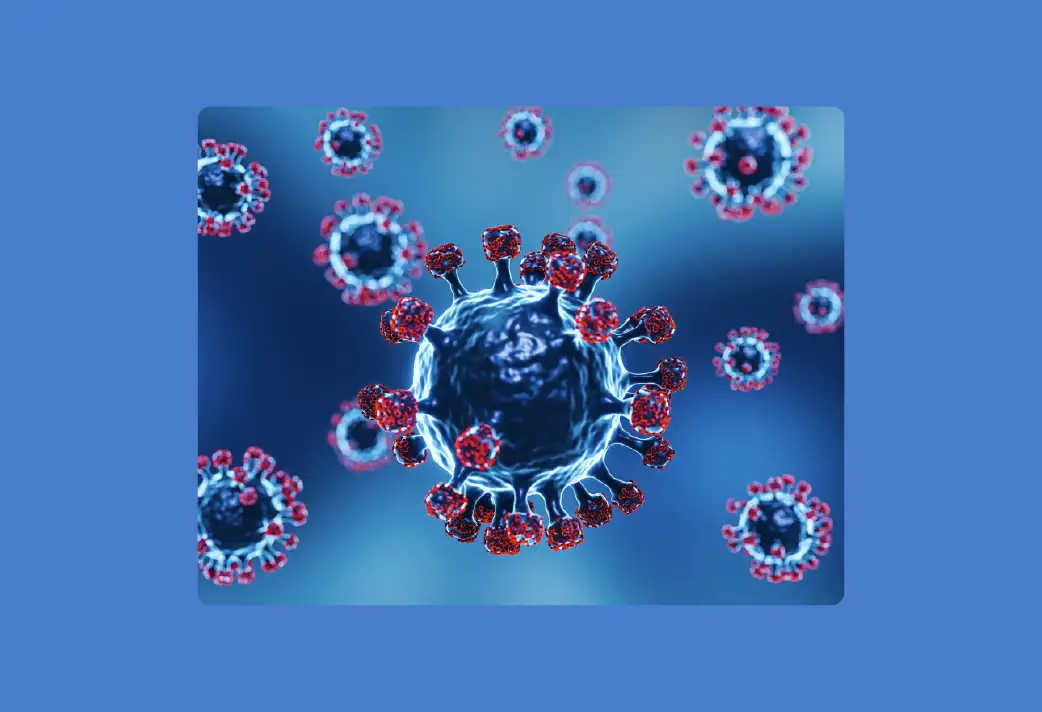For all those in China, the Chinese New Year celebration is fast approaching. While usually a time for many to travel home or go on vacation, this year the amount of travel will have to be greatly restricted due to the sporadic resurgence of COVID-19 cases in many parts of the country.

Tired of scrolling? Download a PDF version for easier offline reading and sharing with coworkers
Domestic travel
All persons who are planning to leave their cities will have to obtain a nucleic acid test within 7 days of travel. Depending on the destination, a person may be asked to present their nucleic test as well as a green health code.
For persons returning to any major city from a rural area that may be high risk or medium risk, they will be required to present a nucleic acid test within 7 days as well as go under home quarantine for a period of 14-days, dependent on their living circumstances.
Persons from specific high-risk areas are banned from travel, currently these areas include:
- Shijiazhuang, Hebei
- Suihua, Helongjiang
- Xingtai, Hebei
Medium risk areas currently include:
- Certain parts of Beijing (in Shunyi district and Daxing District)
- Dalian, Laioning province
- Shenyang, Liaoning province
- Heihe, Heilongjiang province
- Qiqihar, Heilongjiang province
- Harbin, Heilongjiang province
- Langfang, Hebei province
- Changchun, Jilin province
- Tonghua City, Jilin province
- Shanghai – Zhaotaong Road (south of Fuzhou road)
**Note: only certain parts of these cities may be high or medium risk.
Measures being implemented by the Chinese government
Despite the amount of travel being reduced, the number of presale travel tickets reflects that around 170 million people will still be traveling during this period. As such the Chinese government has implemented the following safety measures to reduce the risk of spreading the COVID-19 virus:
- Reduction of flow personnel – this means that travel for tourism will be reduced and less capacity will be offered on the various forms of transportation.
- Improved record keeping – improved logging in of information regarding travelers at various public places.
- Improved standards for prevention – this will involve regular disinfection and ventilation of public transportation as well as stricter implementation of temperature measurements, mask checks and social distancing.
- Reformulation of response plan – new plans have been implemented to respond to virus situations.
International travel
With the exception of Macau, all areas outside of Mainland China are considered to be high risk. According to the latest update, for inbound travelers intending to travel to Beijing they will firstly have to produce a negative nucleic acid test (that was done within 3 days of their departure) and thereafter they will be required to quarantine for a period of 21 days.
The updated model comprises of a 14-day quarantine in a designated facility, as well as 7-days under home quarantine. Additionally, they will have to monitor their health for a further 7 days. During the quarantine period of 21 days, a series of 5 tests will be carried out.

INS Global
INS global endeavors to keep you and your business up to date with any new information regarding COVID-19 travel restrictions.
Keep up to date with INS Global on Linked in or check our coronavirus updates page for regular updates.


SHARE